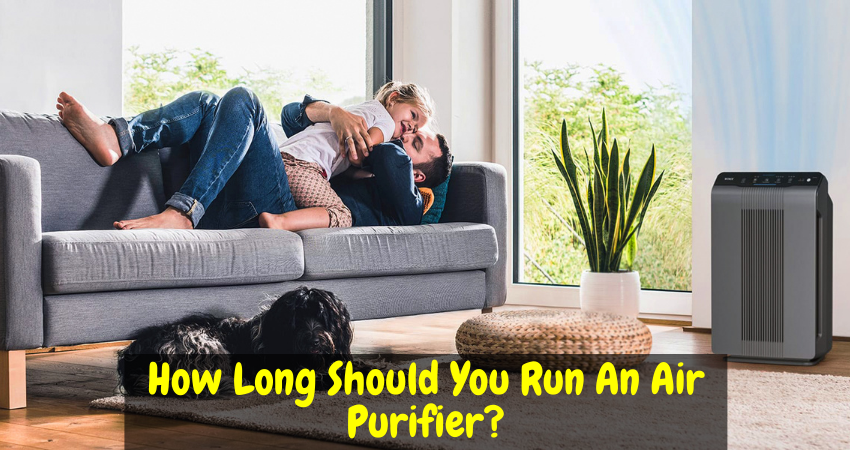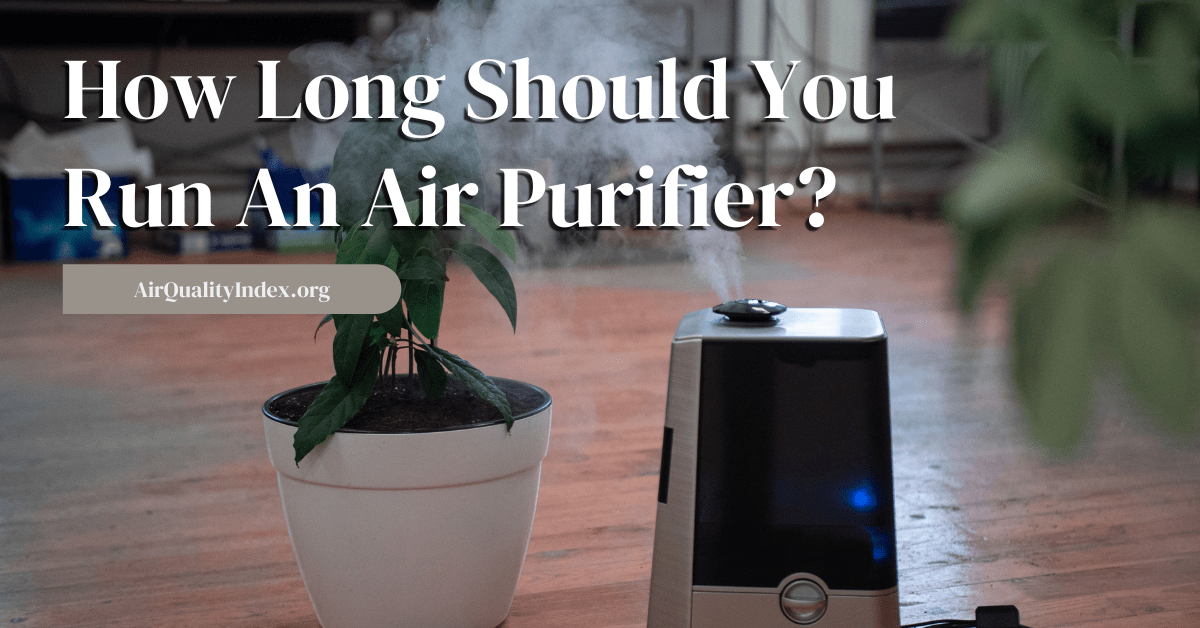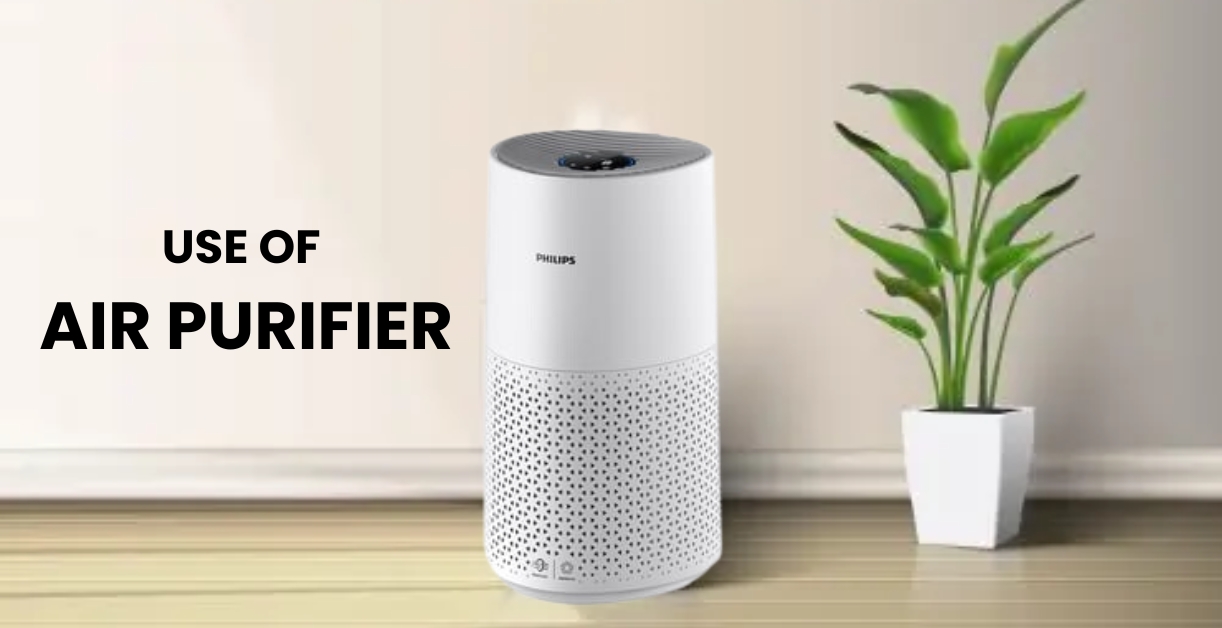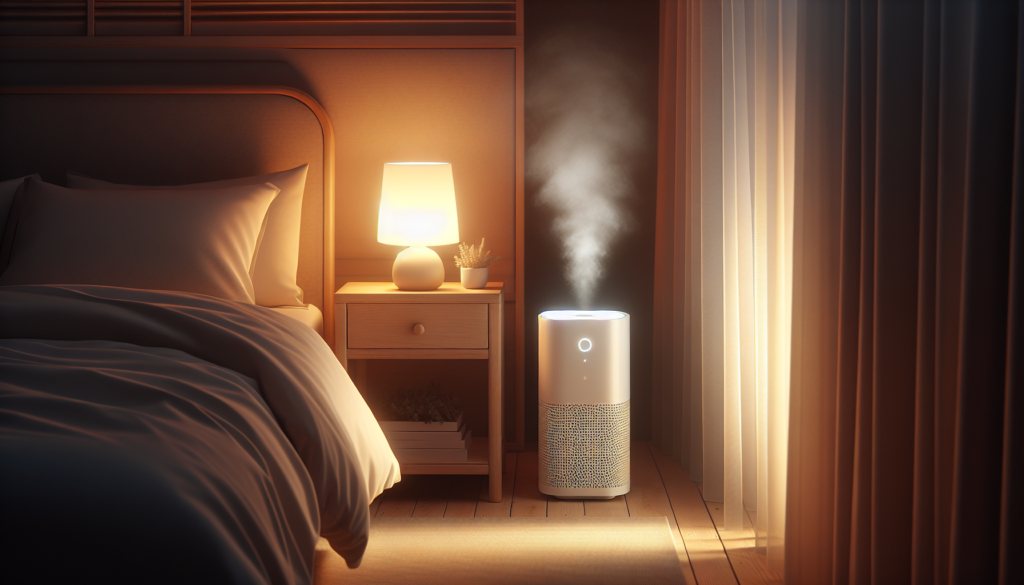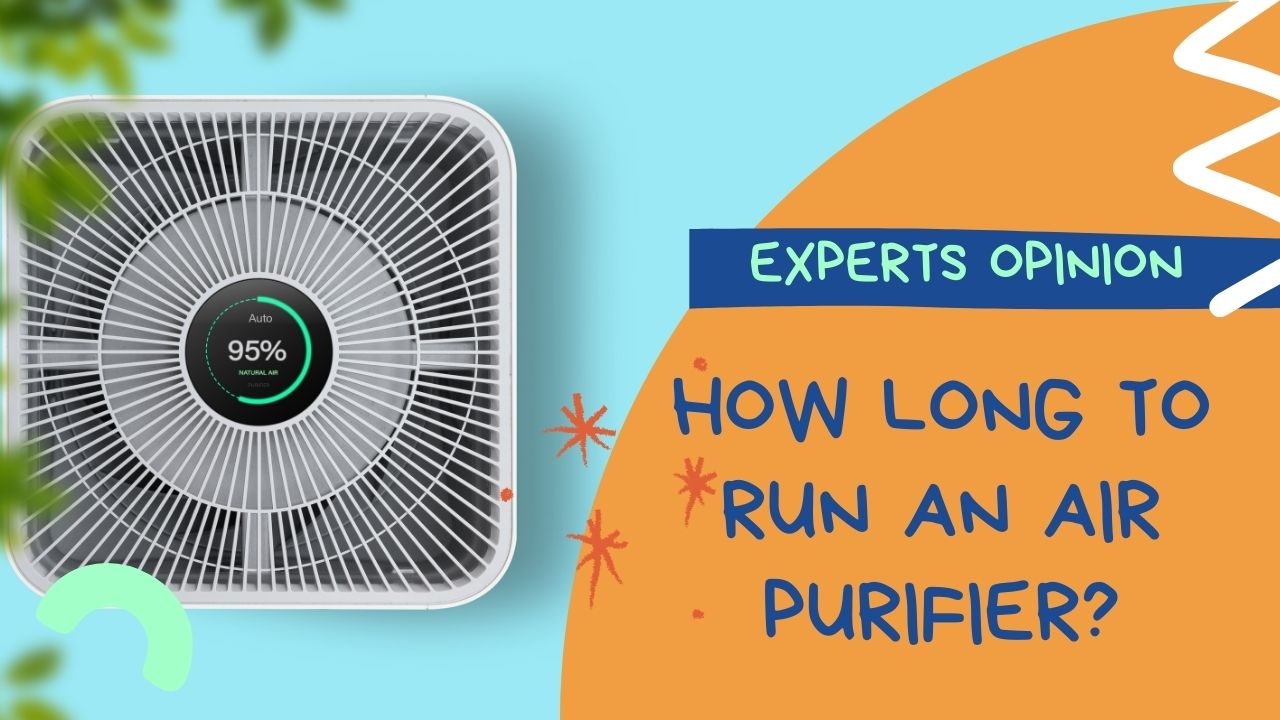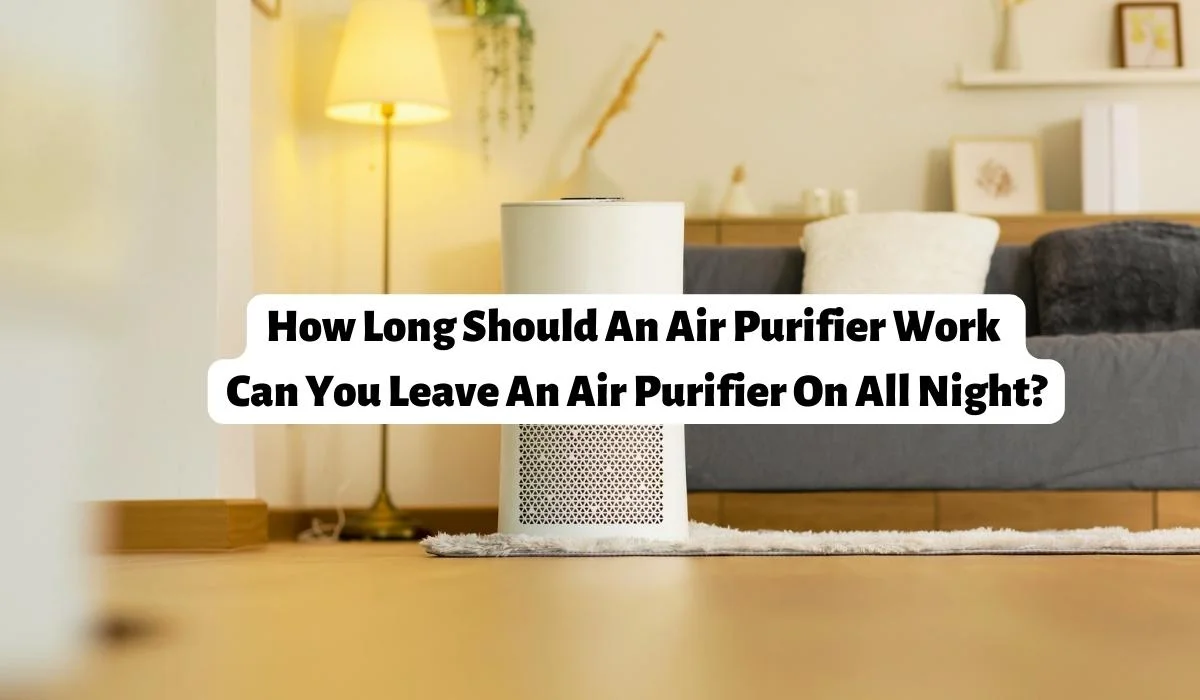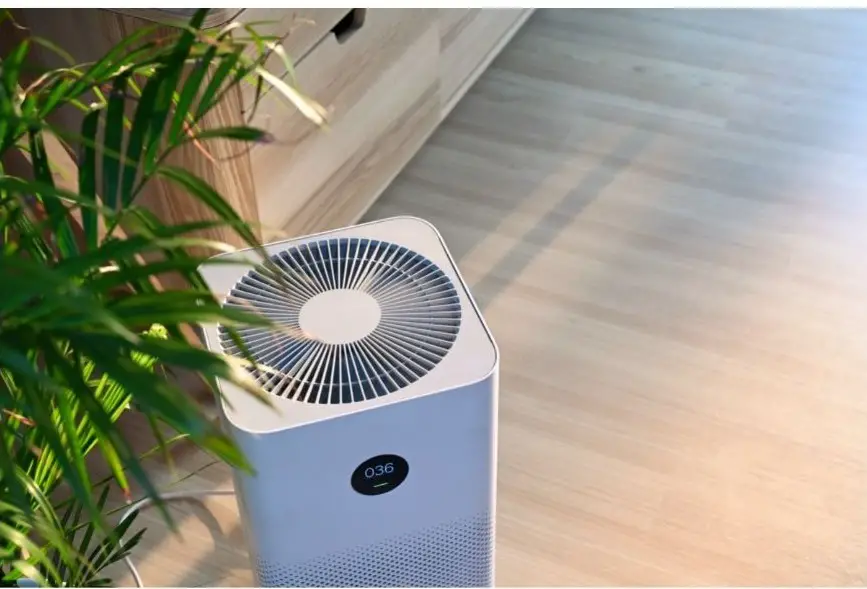How Long Should Air Purifiers Run

Air purifiers are becoming essential for many homes, but are you running yours correctly? Improper usage can lead to wasted energy and ineffective air cleaning.
This article cuts through the confusion, providing clear guidelines on how long to run your air purifier for optimal air quality and energy efficiency. Learn the facts now to breathe easier and save money.
The 24/7 Debate: Continuous Operation vs. Scheduled Run Times
The question of whether to run an air purifier 24/7 is a frequent concern. Experts generally agree that continuous operation, especially during periods of high pollution, offers the most consistent air quality improvement.
However, continuous running isn't always necessary or practical.
When to Run Your Air Purifier Constantly
If you suffer from allergies or asthma, running your air purifier around the clock is highly recommended. Allergen and irritant levels often fluctuate, and constant filtration provides the best protection.
Homes with pets should also consider continuous operation. Pet dander is a constant source of indoor pollution, and a continuously running purifier can significantly reduce its impact.
During high pollution events, such as wildfire season or periods of heavy smog, 24/7 operation is crucial. These events dramatically increase indoor air pollutant concentrations.
Strategic Scheduling: Optimizing for Efficiency
For those without specific health concerns or residing in areas with generally good air quality, a scheduled approach can be more efficient. Running your air purifier for several hours a day, particularly during peak activity times, can maintain adequate air quality.
Consider running it during cooking, cleaning, or when windows are open.
Using a timer or smart plug allows for automated operation during these periods.
Room Size and Air Changes Per Hour (ACH)
The effectiveness of an air purifier is directly related to its ability to clean the air in a given room. This is measured by the Air Changes Per Hour (ACH) rating, which indicates how many times the purifier can filter the entire volume of air in a room in one hour.
For allergy sufferers, an ACH of 4 or higher is generally recommended. This means the air is filtered at least four times every hour.
To determine if your purifier is adequately sized, check the manufacturer's specifications for the recommended room size. A purifier that is too small will not effectively clean the air, regardless of how long it runs.
Filter Maintenance: Crucial for Performance
The effectiveness of any air purifier depends heavily on regular filter maintenance. Clogged filters reduce airflow and filtration efficiency, rendering the purifier less effective.
Follow the manufacturer's recommendations for filter replacement. This typically involves replacing the HEPA filter every 6-12 months and the activated carbon filter every 3-6 months.
Some purifiers have indicators that alert you when it's time to change the filter. Regularly check your filter, even if the indicator hasn't illuminated yet.
Energy Consumption Considerations
Running an air purifier continuously can impact your energy bill. However, modern air purifiers are designed to be energy efficient.
Look for models with an Energy Star rating to minimize energy consumption.
Consider the wattage of your purifier and estimate the cost of running it continuously based on your local electricity rates.
Beyond Air Purifiers: A Holistic Approach to Air Quality
While air purifiers are valuable tools, they are just one part of a comprehensive approach to indoor air quality. Source control is also essential.
Regularly clean your home to remove dust and allergens. Ensure proper ventilation by opening windows when air quality permits.
Avoid using harsh chemicals or cleaning products that can release harmful volatile organic compounds (VOCs) into the air.
Conclusion: Monitoring and Adjusting
The optimal runtime for your air purifier depends on various factors, including your individual needs, the air quality in your area, and the specifications of your purifier. Monitor your indoor air quality and adjust your runtime accordingly.
Consider investing in an air quality monitor to track particulate matter (PM2.5 and PM10) and VOC levels. This will provide valuable data to inform your air purifier usage.
Continue to consult with your doctor if you have respiratory problems and follow their recommendations for managing your symptoms. Regularly check for updates from organizations like the EPA (Environmental Protection Agency) regarding air quality guidelines and best practices.
